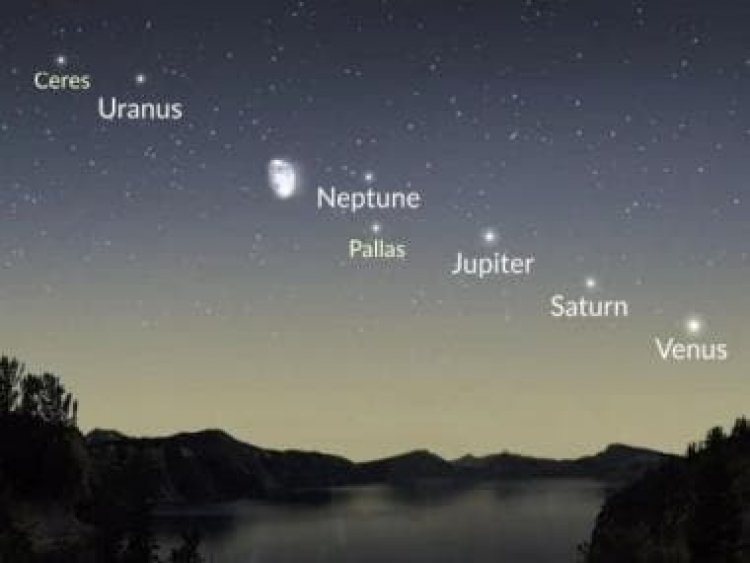'Diamond rain' on Neptune, Uranus could be more common than previously thought: Study
'Diamond rain' on Neptune, Uranus could be more common than previously thought: Study

A new study has revealed that “diamond rain” on some of the distant planets in our solar system like Neptune and Uranus, might be more common than previously assumed. The research, which has been published in the journal Astronomy, experimented with material similar to that found on the icy planets to understand the precipitation occurring there. Through their experiments, scientists saw diamond rain for the first time as it formed.
The presence of oxygen makes the formation of diamonds more likely and allows them to grow in a wider range of conditions. Over thousands of years, the diamonds might slowly sink through the ice layers of the planets and assemble into a thick layer around the solid planetary core. The new study could lead to a new way of fabricating nanodiamonds, which are used in non-invasive surgery, quantum electronics, drug delivery, medical sensors and sustainable manufacturing, among others.
Since researchers now believe that most of the planets outside our solar system are ice giants, the research could also impact our understanding of planets in distant galaxies.
In the experiment, scientists used PET plastic (often found in plastic bottles, containers and food packaging) and created shock waves by using an intense laser. The experiment was done using the Matter in Extreme Conditions (MEC) instrument at California’s Stanford National Accelerator Laboratory. Through the method of X-ray diffraction, they observed the atoms of the material rearrange itself into small diamond regions. Scientists also used another method called small-angle scattering to understand how the diamond regions grew. According to the researchers, the diamonds on Uranus and Neptune could grow to large sizes, potentially up to millions of carats.
“Our experiment demonstrates how these elements can change the conditions in which diamonds are forming on ice giants. If we want to accurately model planets, then we need to get as close as we can to the actual composition of the planetary interior,” stated Silvia Pandolfi, a SLAC scientist and collaborator.
The team is planning similar experiments using liquid samples containing ethanol, ammonia and water, which is what Neptune and Uranus are primarily composed of. This will bring them to understanding the diamond rain phenomenon.
Read all the Latest News, Trending News, Cricket News, Bollywood News,
India News and Entertainment News here. Follow us on Facebook, Twitter and Instagram.
What's Your Reaction?



























































